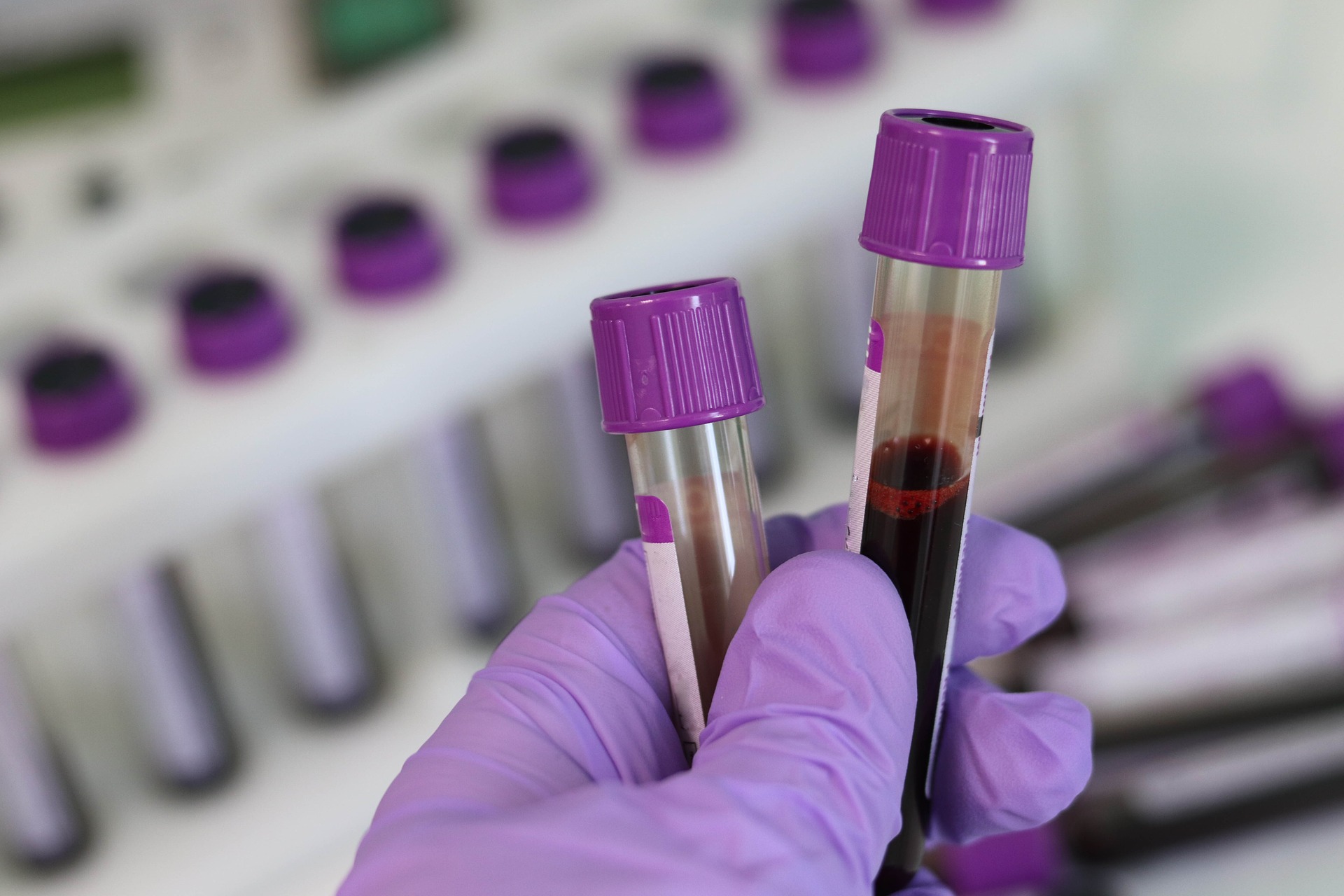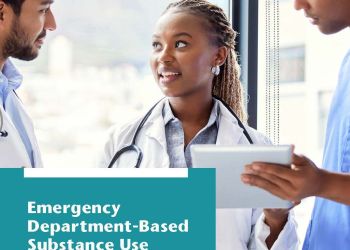 Data released this week by the Centers for Disease Control and Prevention (CDC) show STDs have surged for the fifth consecutive year, reaching an all-time high in the U.S. These dangerous trends in chlamydia, gonorrhea, and syphilis show no sign of slowing and affect millions of lives each year in the United States. Particularly worrisome is the emerging trend of newborn syphilis (congenital syphilis) with a 40 percent increase in one year and the growing number of associated fetal and newborn deaths.
Data released this week by the Centers for Disease Control and Prevention (CDC) show STDs have surged for the fifth consecutive year, reaching an all-time high in the U.S. These dangerous trends in chlamydia, gonorrhea, and syphilis show no sign of slowing and affect millions of lives each year in the United States. Particularly worrisome is the emerging trend of newborn syphilis (congenital syphilis) with a 40 percent increase in one year and the growing number of associated fetal and newborn deaths.
“Pregnant women and their babies are at risk for congenital syphilis, a disease we thought was all but eradicated decades ago,” says Michael Fraser, CEO of the Association of State and Territorial Health Officials (ASTHO). The rapid increases in STD rates are stark evidence of the need to invest in our national, state, and local public health infrastructure. “This is a warning,” Fraser continues. “We need to increase federal funding for STD prevention, and that is why ASTHO and its partners are seeking a 22% increase to the Centers for Disease Control budget by the year 2022. We know how to prevent STDs but state and local health agencies need more resources to tackle these rising rates head on.”
The nation’s health department workforce is the backbone of our public health infrastructure and essential to our nation’s health. With fewer health department employees, fewer health department services can be offered, and that leads directly to diminished health in our communities. “Nowhere is this more evident than in addressing STIs and HIV where this staff are the frontlines of STD prevention and treatment,” states Lori Tremmel Freeman, CEO of the National Association of County and City Health Officials (NACCHO). She continues,” Data from NACCHO’s Profile of Local Health Departments study shows that local health departments have lost 22 percent of their workforce from 2012 to 2016—a decrease almost simultaneous with STD increases. We will not be able to turn the tide on rising STD rates—and the real impacts those illnesses have on people living in communities across the country—without a strong and supported workforce.”
This will require investment in prevention and treatment programs that work. Unfortunately, the rise in STDs has not been mirrored by increased investment in programs and the federal STD funding is now operating at effectively 40 percent reduction since 2003. For many health departments, this is the only funding that they receive to address STDs.
“Without Increased investment in STD prevention, millions of lives will continue to be affected and babies will continue to get sick. These are not outcomes we can accept.”says David C. Harvey, executive director of the National Coalition of STD Directors (NCSD). “We call on Congress to recognize this growing threat and invest in STD prevention. Specifically, we call for a $70 million increase to the federal STD prevention line at CDC is needed to kickstart a response against the rise in STDs, part of the national 22 by 22 campaign to increase CDC’s budget and support for state and local programs.”



